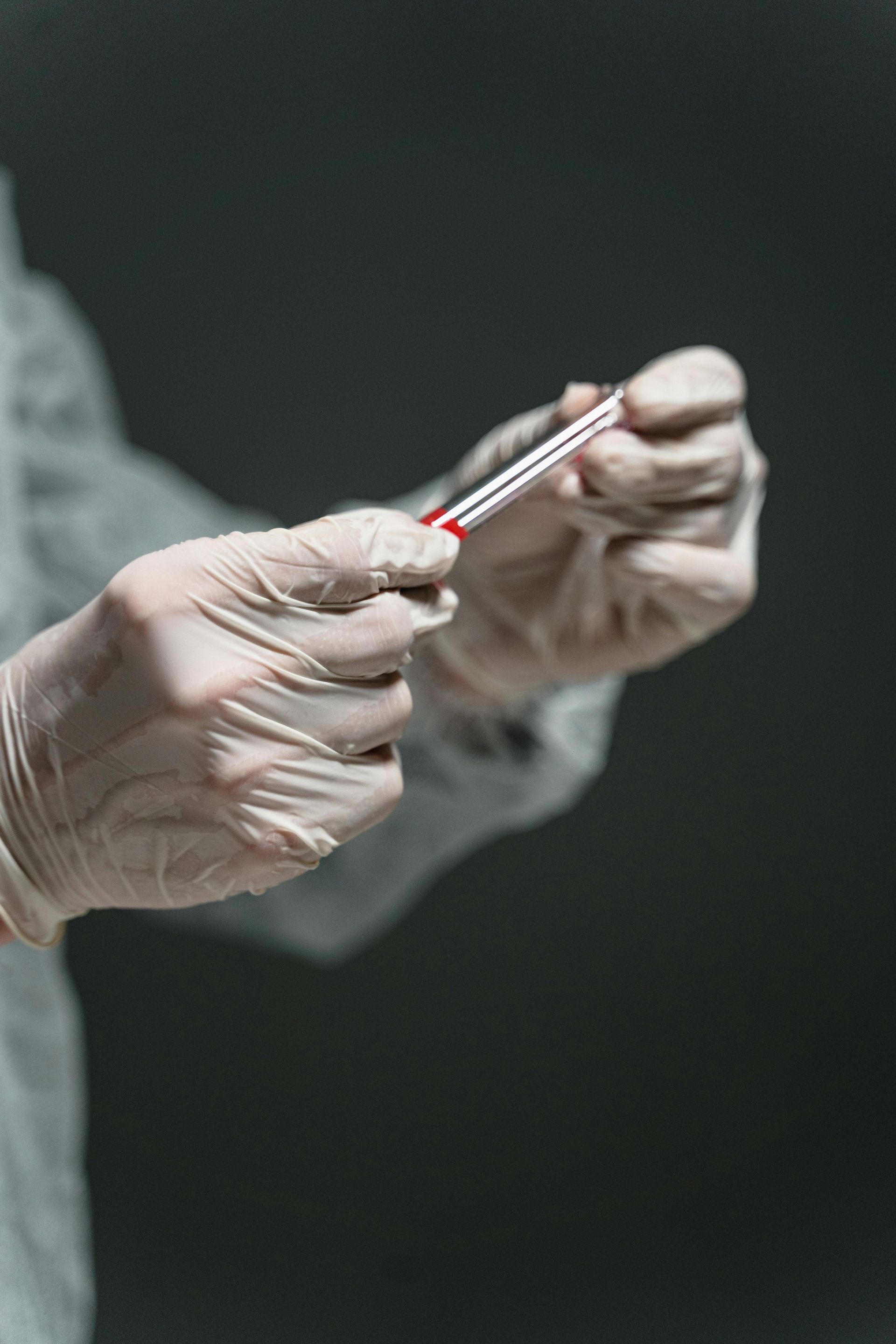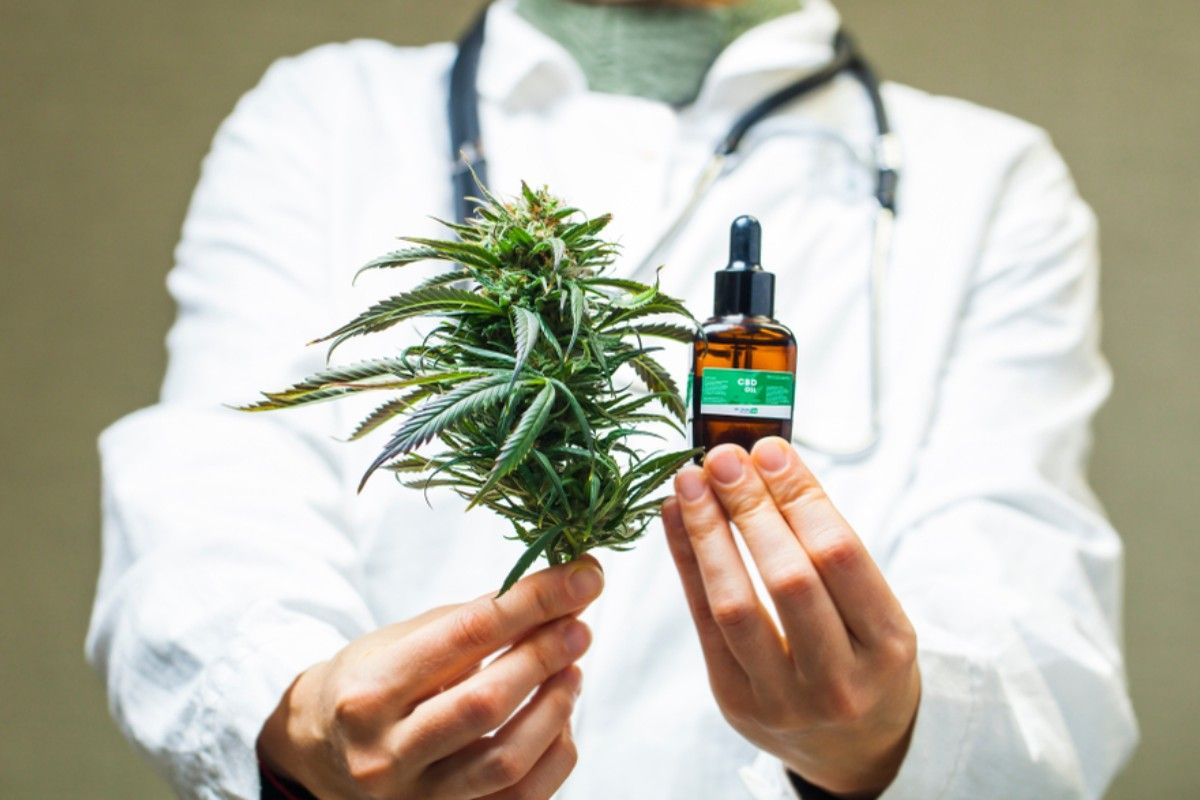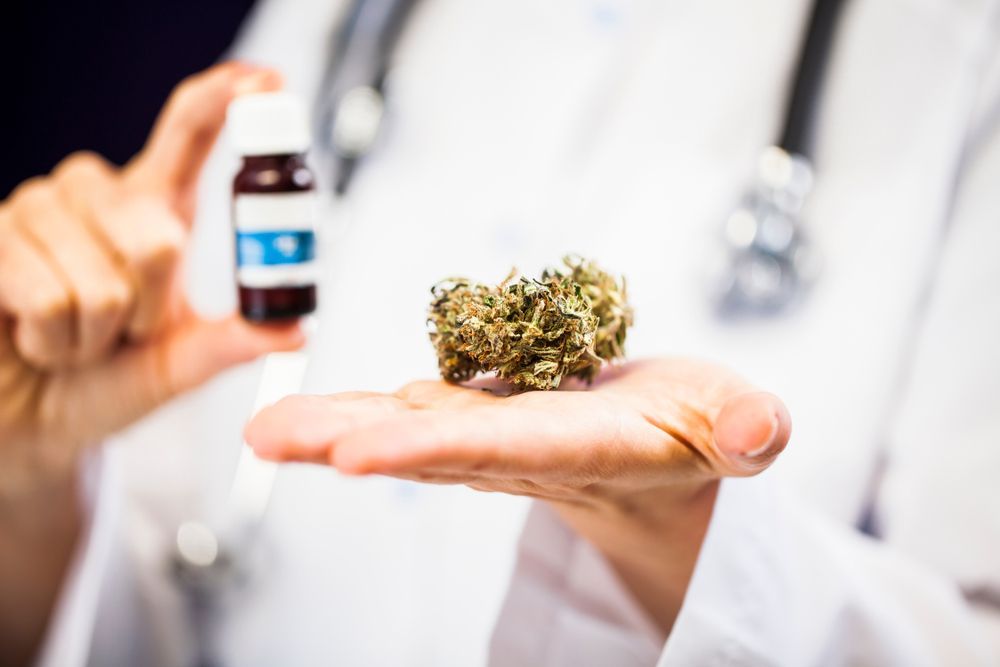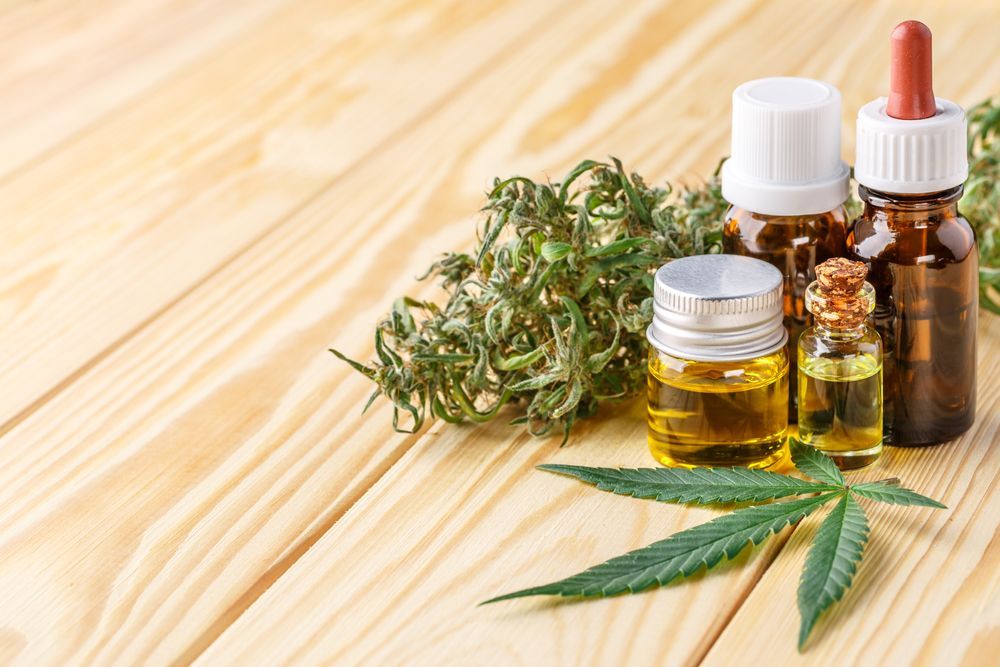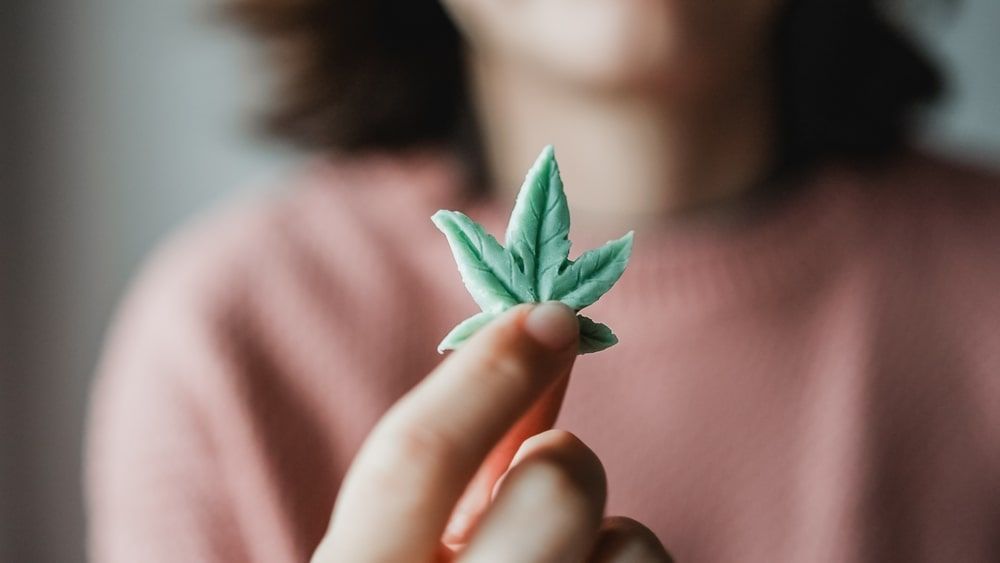Can CBD Help with Headaches and Other Pains?
If you suffer from headaches, you might have heard about CBD. You may wonder if it can help ease your pain. At Ontario Medical Cannabis Clinic, we’re here to guide you. We offer free virtual appointments to help you understand how CBD can benefit you.
What is CBD?
CBD stands for cannabidiol. It comes from the cannabis plant. Unlike THC, another compound from cannabis, CBD doesn’t make you high. Instead, it may help with pain relief, anxiety, and other issues.
How Does CBD Work?
Your body has a system called the endocannabinoid system (ECS). This system helps regulate pain, mood, and more. CBD interacts with this system. It can help reduce pain and inflammation. This is why many people use CBD for headaches and other types of pain.
Types of Headaches CBD Can Help With
There are different types of headaches. Each one has different causes and symptoms.
Here’s how CBD can help with some common types:
Tension Headaches
These are the most common types. They feel like a band squeezing your head. CBD can help relax your muscles and reduce stress, which may ease these headaches.
Migraines
These are severe headaches that often come with nausea and sensitivity to light and sound. Some studies suggest CBD can reduce the frequency and intensity of migraines.
Cluster Headaches
These are very painful and occur in groups or clusters. CBD may help by reducing pain and inflammation during an attack.
Benefits of Using CBD for Headaches
Using CBD for headaches can offer many benefits. Here’s a closer look at why people turn to CBD for relief:
Pain Relief
CBD interacts with your body’s endocannabinoid system, which helps regulate pain. By interacting with receptors in this system, CBD can help reduce the intensity of headache pain. Many people find that CBD provides a natural alternative to over-the-counter painkillers.
Anti-Inflammatory Properties
Inflammation can be a major cause of headaches, especially migraines and cluster headaches. CBD has anti-inflammatory properties, which means it can help reduce the inflammation that often accompanies and exacerbates headache pain.
Stress Reduction
Stress is a common trigger for headaches. CBD has been shown to help reduce anxiety and promote a sense of calm. By helping you manage stress, CBD can potentially reduce the frequency and severity of stress-related headaches.
Improved Sleep
Poor sleep or lack of sleep can lead to headaches. CBD can help improve your sleep quality by addressing underlying issues like anxiety or chronic pain. Better sleep can result in fewer headaches and a better quality of life.
Minimal Side Effects
Unlike many prescription and over-the-counter headache medications, CBD has relatively few side effects. Most users experience only mild side effects, such as dry mouth or slight dizziness, which are usually temporary.
Natural Remedy
Many people prefer using natural remedies over synthetic drugs. CBD, derived from the cannabis plant, offers a natural option for headache relief without the chemicals found in many medications.
Versatility
CBD comes in various forms, making it easy to find a method of use that works best for you. Whether you prefer oils, edibles, topicals, or inhalation, there’s a CBD product that can fit into your routine.
Non-Addictive
Unlike some pain medications, CBD is not addictive. This makes it a safer option for long-term use in managing chronic headache pain.
How to Use CBD for Headaches
There are several ways to use CBD to help manage headache pain. Here’s a detailed look at the most common methods:
CBD Oil
This is one of the most popular forms of CBD. You take it by placing a few drops under your tongue. This allows the CBD to enter your bloodstream quickly, providing fast relief. CBD oil comes in various strengths, so you can choose the one that best suits your needs.
Edibles
CBD-infused foods and drinks, such as gummies or beverages, are another option. Edibles take longer to work because they must pass through your digestive system. However, their effects can last longer compared to other methods. Edibles are a good option if you don’t like the taste of CBD oil.
Topicals
These are creams, lotions, or balms that contain CBD. You apply them directly to your skin, usually on your forehead, temples, or neck. Topicals are great for targeting specific areas of pain and can provide localized relief. They are especially useful if you experience tension headaches caused by muscle tightness.
Inhalation
Using a vaporizer or vape pen to inhale CBD is another effective method. This allows the CBD to enter your bloodstream quickly through your lungs. Inhalation can provide fast relief, making it a good option if you need immediate help during a headache.
Capsules and Pills
These are easy to use and provide a consistent dose of CBD. Capsules and pills are convenient for those who want a straightforward way to take CBD. They take longer to work because they need to be digested, but they offer a discreet and simple option.
Tinctures
Similar to oils, tinctures are taken by placing drops under your tongue. They often come with droppers that make it easy to measure your dose. Tinctures can also be added to food or drinks if you prefer.
Dosage
Finding the right dosage is important. If you’re new to CBD, start with a small dose, such as 5-10 mg per day. You can gradually increase the dose until you find what works best for you. Everyone’s body reacts differently to CBD, so it may take some time to find your optimal dose.
Consistency
For the best results, use CBD consistently. Regular use can help maintain steady levels of CBD in your body, which can be more effective for managing chronic headache pain.
How Much CBD Should You Use?
If you’re new to CBD, start with a small dose. You can increase it gradually until you find the right amount for you. Everyone’s body is different, so it may take some time to find what works best.
Are There Any Side Effects?
CBD is generally safe, but it can cause some side effects. These may include:
- Dry mouth
- Dizziness
- Changes in appetite
- Fatigue
Most side effects are mild and go away on their own. If you experience severe side effects, stop using CBD and consult a doctor.
FAQs about CBD and Headaches
What CBD strain is good for headaches?
Different strains can help. Some people find relief with high-CBD strains like ACDC or Charlotte’s Web. It’s best to experiment and see what works for you.
Does CBD really take pain away?
Many people report that CBD helps reduce their pain. Scientific studies support this, especially for chronic pain and inflammation.
Does CBD make you hungry?
CBD can affect your appetite, but it doesn’t typically cause the munchies like THC. Some people feel hungrier, while others may lose their appetite.
Are there any dangers of CBD?
CBD is considered safe. However, it can interact with some medications. Always talk to your doctor before starting CBD, especially if you’re on medication.
How much CBD should a beginner start with?
Start with a small dose, like 5-10 mg per day. You can increase it gradually. Listen to your body and see how you feel.
Is CBD oil safer than ibuprofen?
CBD has fewer side effects compared to ibuprofen. It’s a natural option for pain relief. However, it’s best to consult a doctor to see what’s right for you.
Can CBD make eyes red?
No, CBD doesn’t make your eyes red. That’s a side effect of THC.
What happens if you eat CBD every day?
Taking CBD daily can help with chronic issues like pain or anxiety. It’s generally safe for long-term use. Just make sure you’re using a quality product.
What type of pain is CBD best for?
CBD is effective for different types of pain, including chronic pain, arthritis, and nerve pain. It’s also helpful for headaches and migraines.
How long does CBD stay in your system?
CBD can stay in your system for a few days to a week. This depends on how much you take and how often.
Can CBD help with sleep disorders?
Yes, CBD can help improve sleep by reducing anxiety and pain that might keep you awake.
How does CBD compare to other natural pain remedies?
CBD is often more effective and has fewer side effects than some other natural remedies. It’s a good option to consider if you’re looking for natural pain relief.
Is it safe to use CBD with other medications?
CBD can interact with some medications. Always check with your doctor before using CBD, especially if you’re taking other drugs.
How quickly does CBD take effect for pain relief?
This depends on the method of use. Inhalation works the fastest, often within minutes. Oils and tinctures can take 15-30 minutes. Edibles may take an hour or more.
Conclusion
CBD can be a helpful option for managing headaches and other types of pain. It’s natural, has few side effects, and is easy to use. If you’re curious about trying CBD, consider booking a free virtual appointment with Ontario Medical Cannabis Clinic. Our experts can help you find the right product and dosage for your needs.

